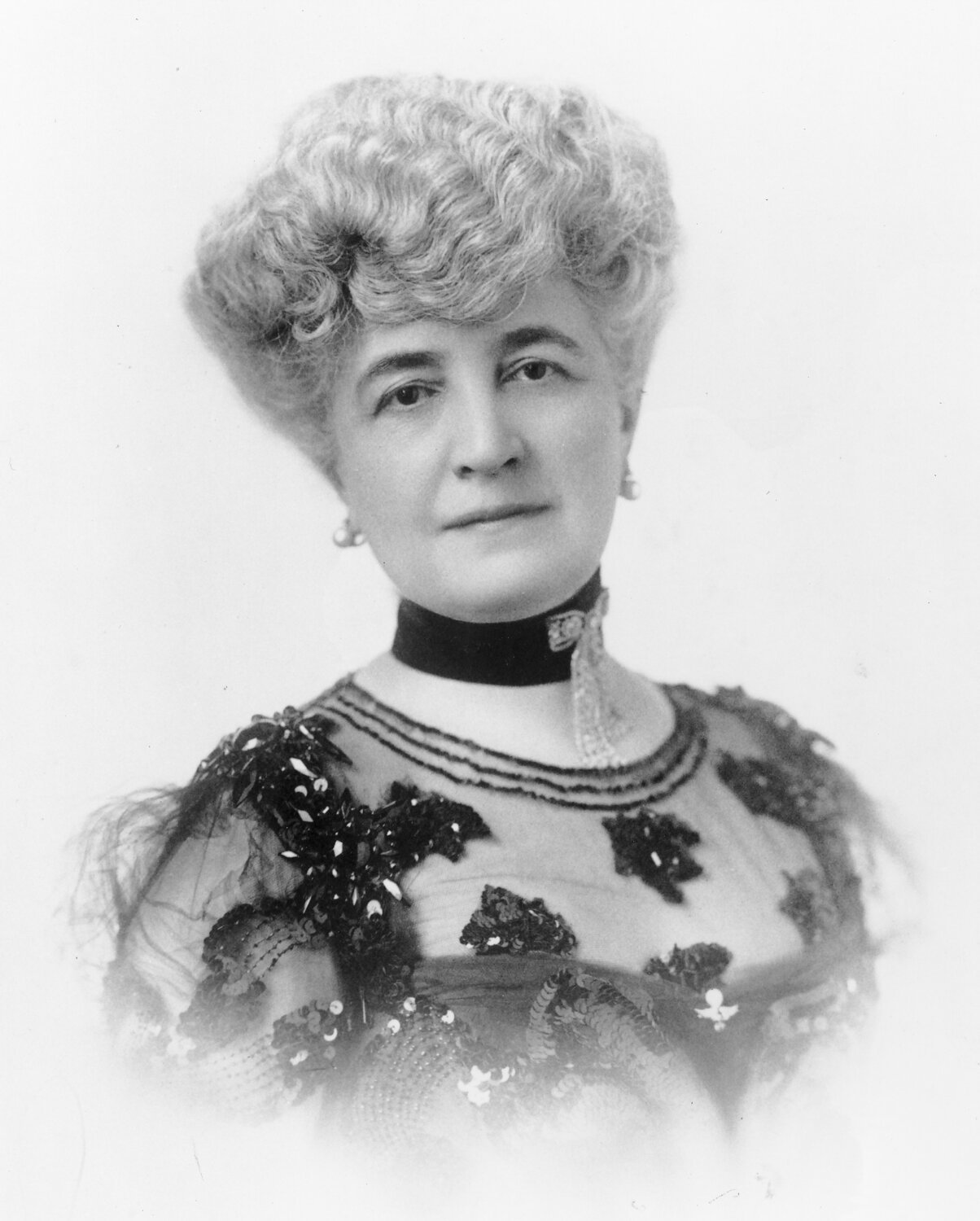
Bertha Palmer: Sarasota's Glamorous Cattle Queen
Beth Helvey July 21, 2025

Beth Helvey July 21, 2025
When Bertha Honore Palmer (1849–1918) arrived in Sarasota in 1910, Florida’s cattle industry was still largely a rugged, male-dominated frontier. Most local herds roamed wild and thin-ribbed, descended from the hardy but scrawny Spanish cattle first brought over in the 1500s. Branding, rounding up, and driving the animals across open range was dangerous, sweaty work—considered no place for a society matron from Chicago. But Bertha Palmer wasn’t just any woman.
Born in Louisville, Kentucky, Palmer grew up with access to the kind of education and refinement reserved for only a small percentage of women in 19th-century America. She married Potter Palmer, a wealthy Chicago businessman and real estate developer, and quickly made a name for herself as a hostess, philanthropist, and cultural tastemaker. After Potter’s death in 1902, Bertha was left with a vast fortune—but also with a sharp business sense and a keen eye for opportunity.
It was that instinct that brought her to Sarasota in the early 20th century. At the time, the area was sparsely settled and riddled with swamps and scrubland. Many outsiders saw it as little more than mosquito-infested wilderness. But Bertha saw potential. She purchased more than 80,000 acres across Manatee and Sarasota counties, including land that today encompasses Myakka River State Park. According to the article The Woman Who Tamed Wild Sarasota by Jessi Smith, Palmer envisioned the region not just as a tropical paradise but as fertile ground for agriculture, cattle ranching, and long-term economic growth.
At the time, Florida's cattle industry was in desperate need of modernization. The local Cracker cattle, while well-adapted to Florida's harsh climate and terrain, were small, lean, and not ideal for meat production. Disease, poor nutrition, and primitive breeding practices kept yields low. Bertha, ever the problem solver, recognized this as both a challenge and a lucrative opportunity.
Rather than accept the status quo, she took matters into her own hands. According to the same Visit Sarasota County article, she began importing higher-quality cattle breeds from the Midwest—particularly Durhams, Herefords, and Shorthorns—to cross with the local stock. These imported animals were larger, heartier, and better suited for meat production. Palmer understood that improving the genetic quality of her herd would increase market value and productivity, effectively modernizing Florida’s beef industry from the inside out.
In the article The Legendary Mrs. Palmer by Jeff LaHurd (originally published in the Sarasota Herald-Tribune), it’s noted that Palmer “ran her agricultural empire with the same level of sophistication and efficiency as any operation in the American West.” She introduced pasture fencing, feed regulation, and veterinary care—practices that were virtually unheard of in Florida cattle country at the time.
Her influence didn’t stop at her own operations. Palmer’s practices set an example that other ranchers began to follow. She was instrumental in moving Florida’s cattle ranching away from its open-range Cracker roots toward a more structured and profitable industry. According to Smith’s article, she also employed local men on her ranches, invested in infrastructure, and boosted the economy of what was then an isolated frontier.
And while her legacy is often tied to Sarasota’s arts and culture—after all, she was a major patron of the Chicago Art Institute and responsible for much of Sarasota’s early development—her agricultural contributions have had lasting ripple effects.
Today, thousands visit the Myakka region, unaware that the land they walk once served as the foundation of a groundbreaking cattle operation led by a woman who refused to be underestimated. Her Myakka ranch was both a personal retreat and a progressive business enterprise.
Bertha Palmer died in 1918, but her legacy lives on. In a time and place where women were rarely seen as leaders in agriculture or business, she proved she could master both. She saw problems—undersized cattle, poor land management, outdated methods—and turned them into opportunities. She brought brains, capital, and ambition to a Florida frontier that needed all three.
According to The Woman Who Tamed Wild Sarasota, Palmer’s “insightful blending of beauty, science, and practicality” helped shape not only Sarasota’s cultural landscape but its agricultural future. She was more than a society matron with a vision—she was a cattlewoman, conservationist, and one of Florida’s earliest agricultural innovators.







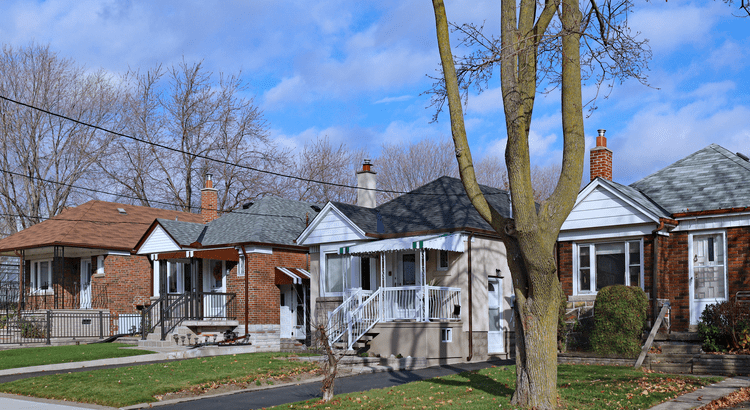











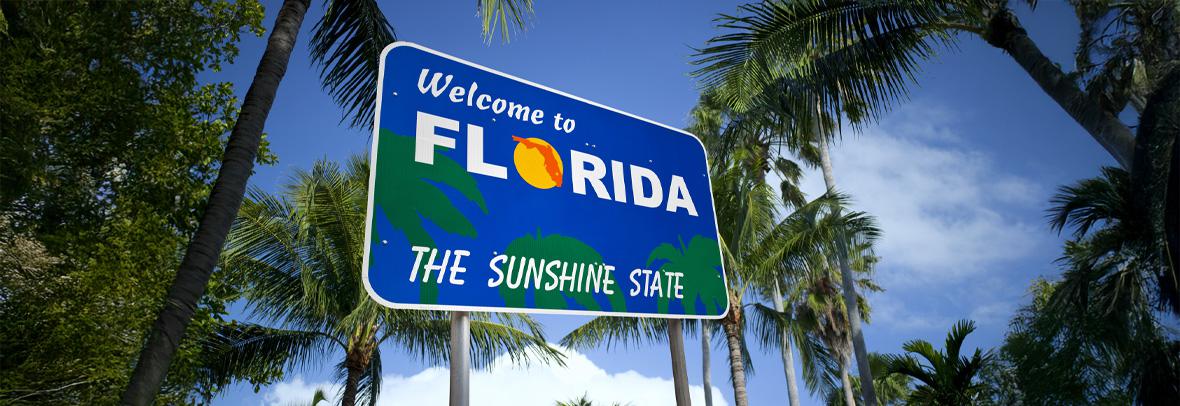
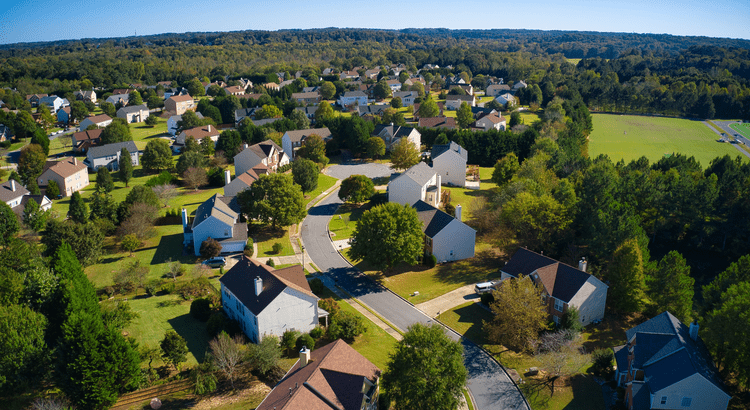

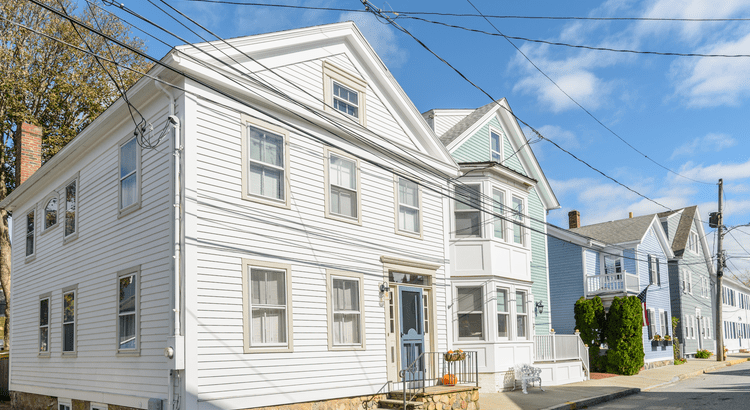




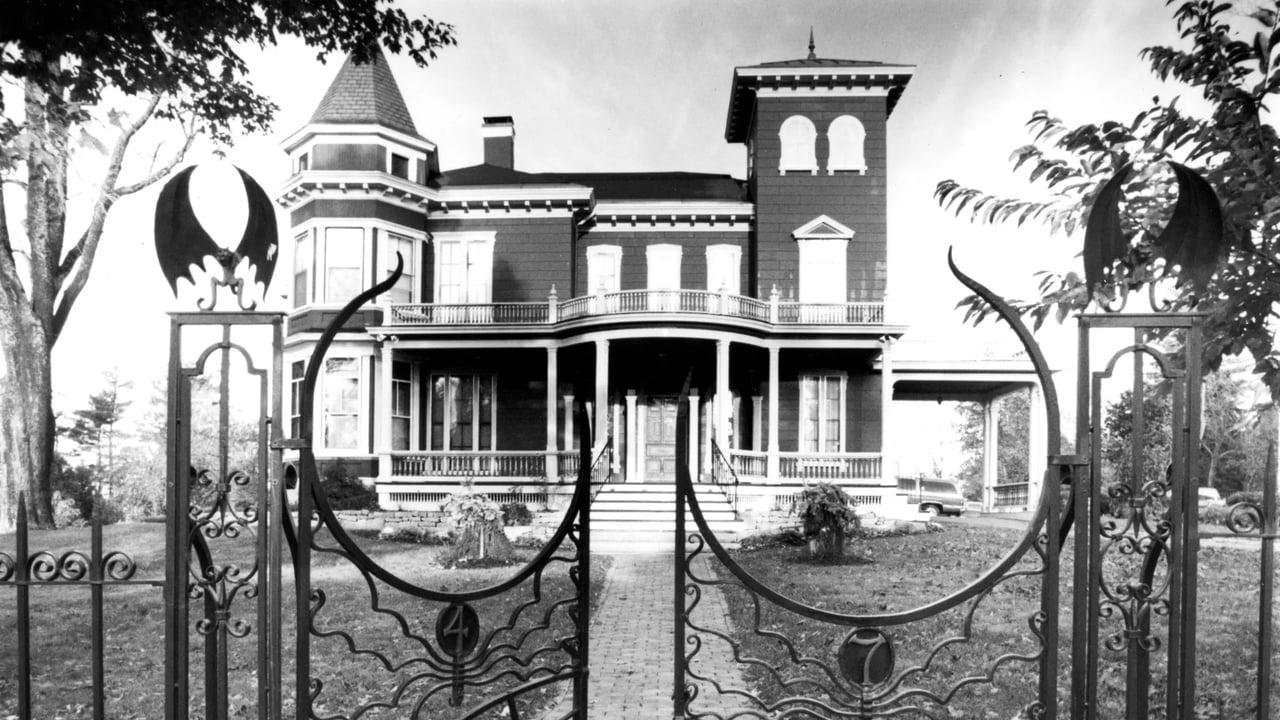

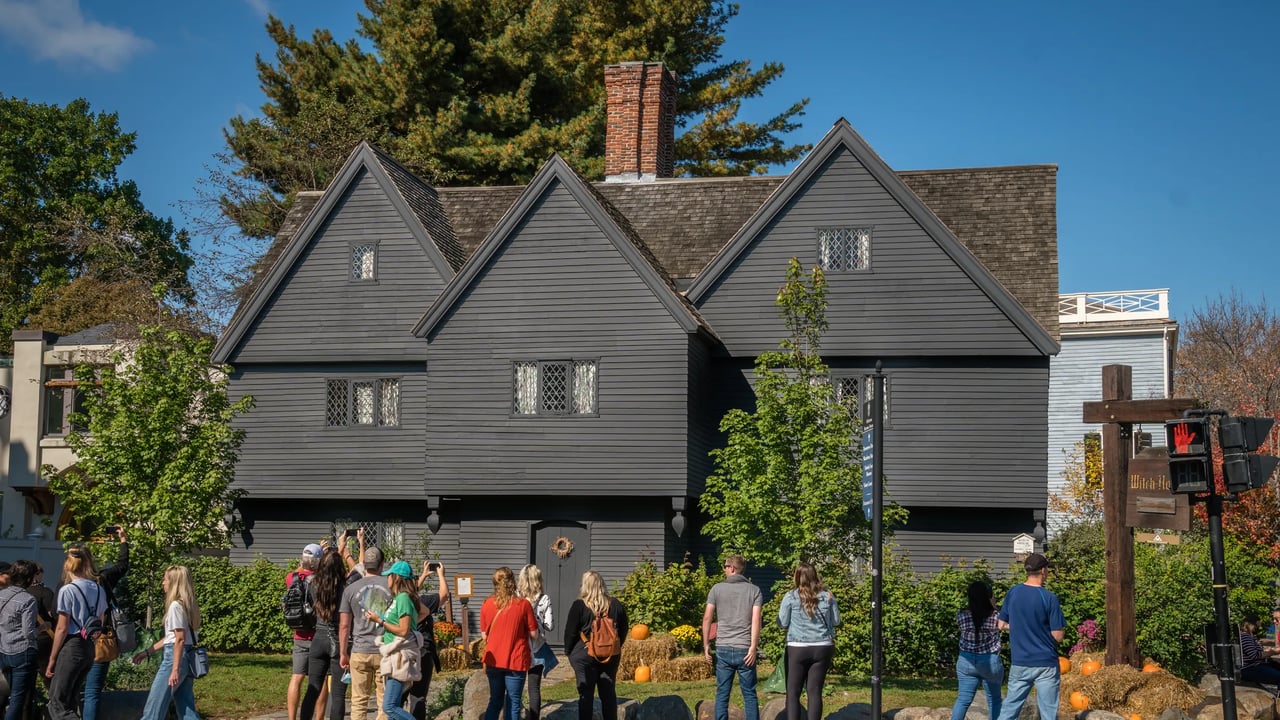


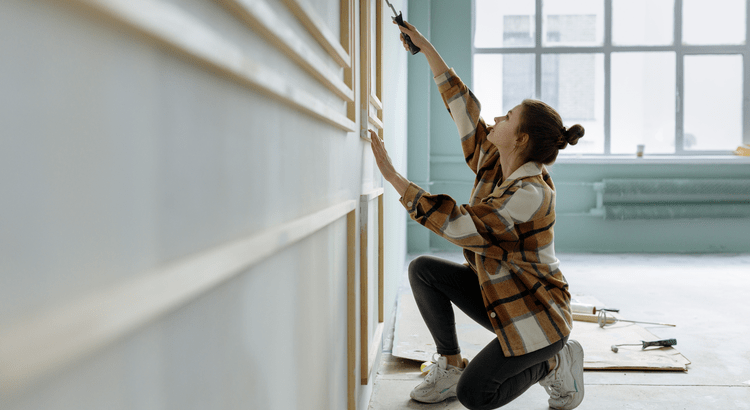


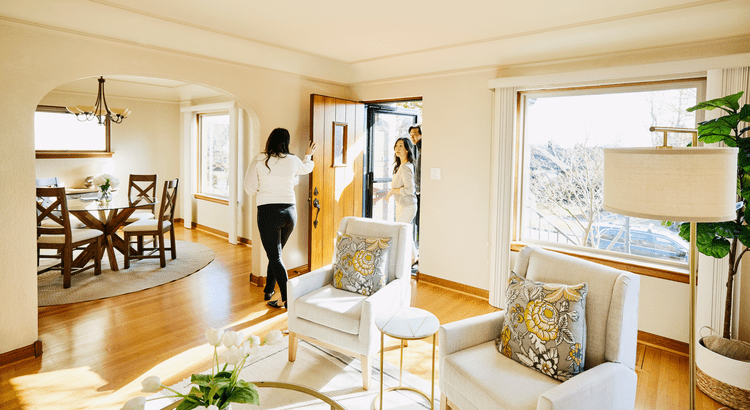

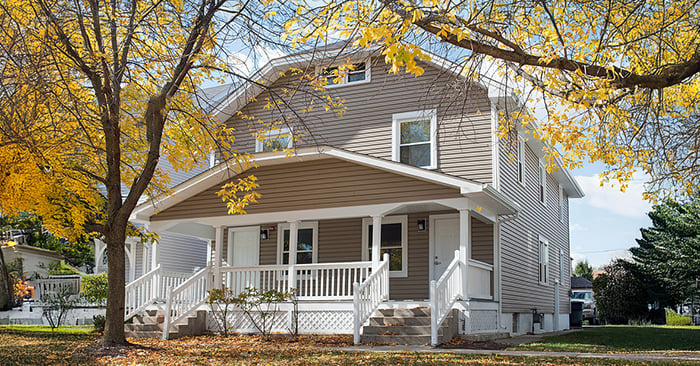



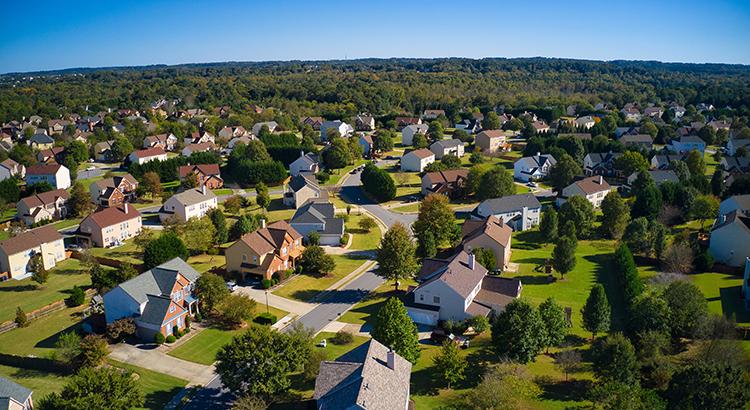












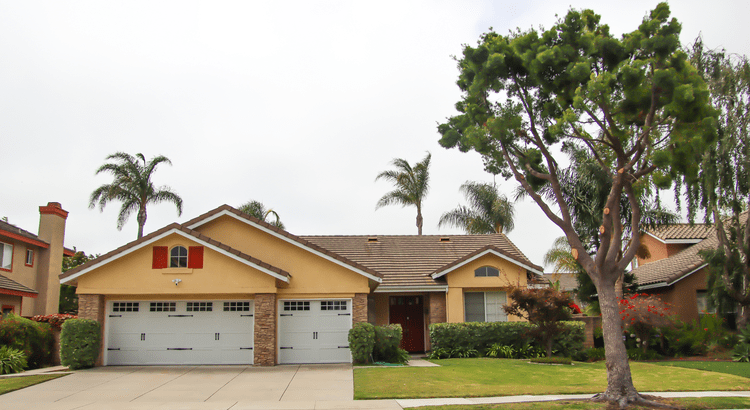






















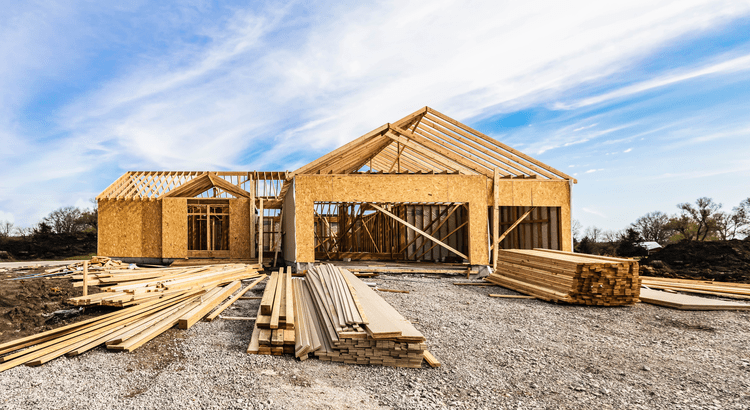
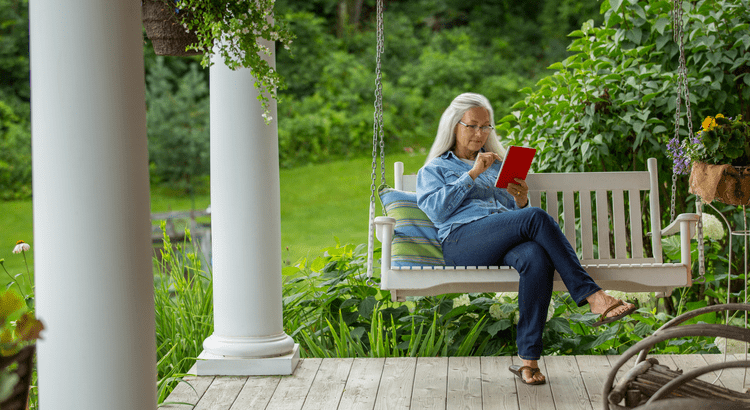


Do You Need Flood Insurance?

Shifting your furniture may shift how you think, feel, and even behave. Clinical psychologists and interior designers explain why





Hidden Gem is the Color of the Year








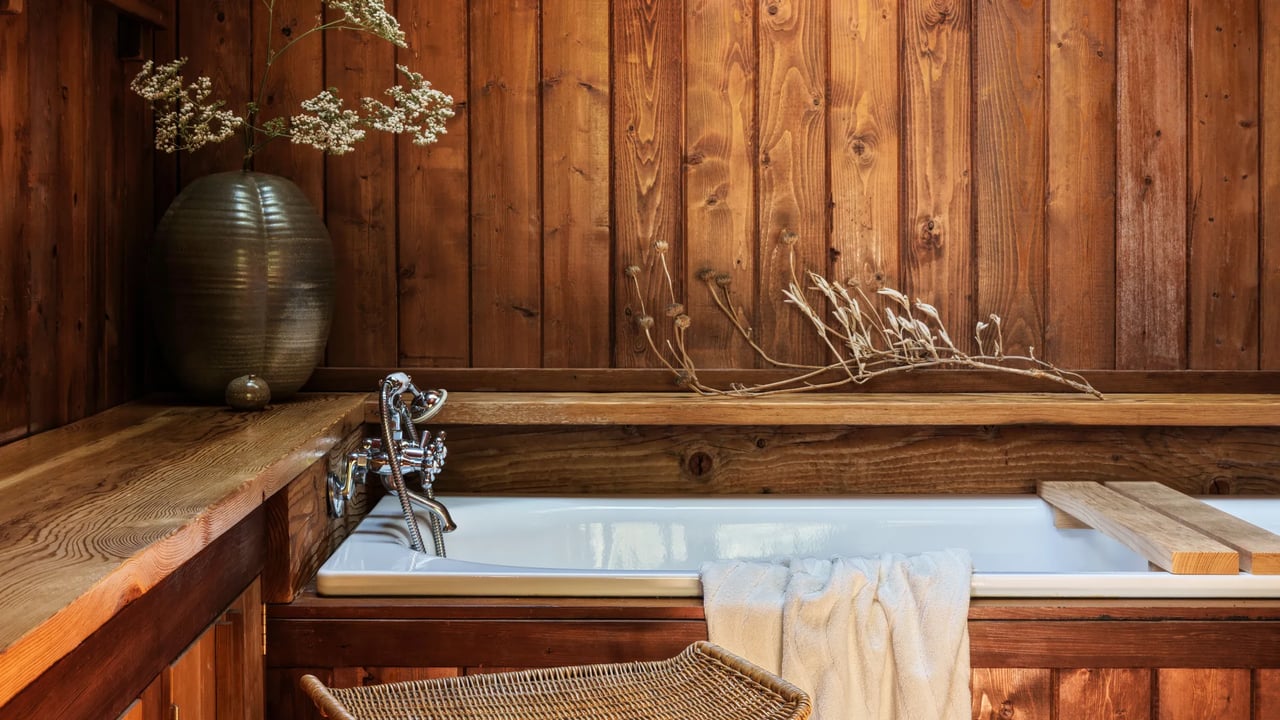

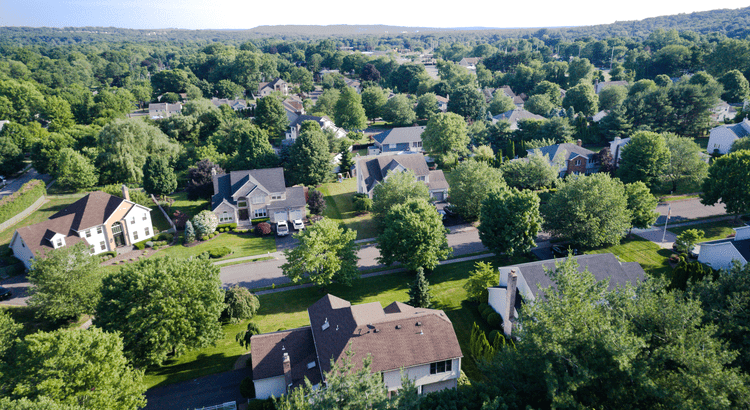


I’d love to hear from you! Whether you’re buying, selling, or just exploring your options, I'm here to provide answers, insights, and the support you need. Contact me and start planning your next move.